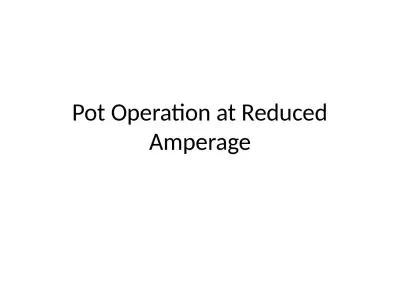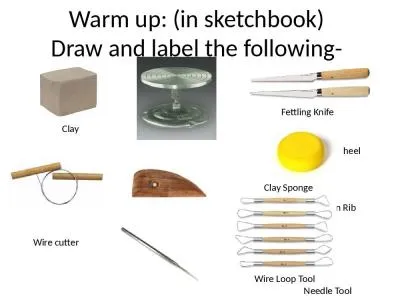PPT-CLAY POT IRRIGATION
Author : stefany-barnette | Published Date : 2017-05-31
Presented by Mike and Paulette Flynn May 10 2014 A Centuries Old Method Saves water amp time Uses the natural force of transpiration and wicking to water plants
Presentation Embed Code
Download Presentation
Download Presentation The PPT/PDF document "CLAY POT IRRIGATION" is the property of its rightful owner. Permission is granted to download and print the materials on this website for personal, non-commercial use only, and to display it on your personal computer provided you do not modify the materials and that you retain all copyright notices contained in the materials. By downloading content from our website, you accept the terms of this agreement.
CLAY POT IRRIGATION: Transcript
Download Rules Of Document
"CLAY POT IRRIGATION"The content belongs to its owner. You may download and print it for personal use, without modification, and keep all copyright notices. By downloading, you agree to these terms.
Related Documents

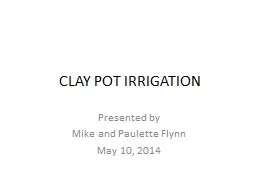

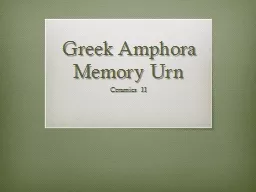
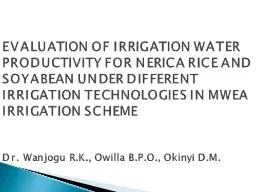
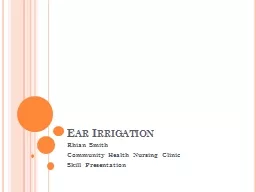

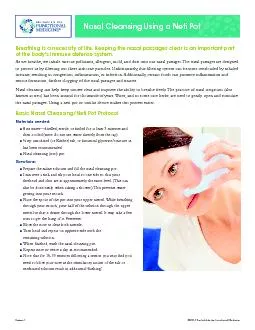
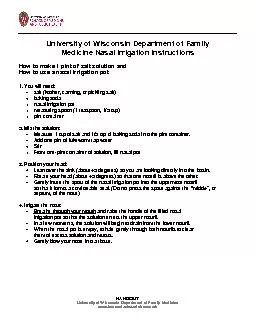
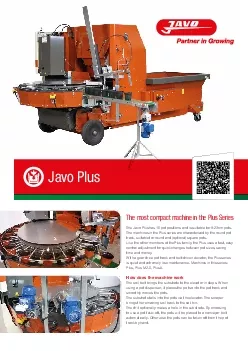
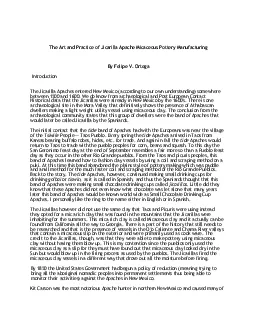
![[EBOOK] - Crock Pot: 1001 Best Crock Pot Recipes of All Time (Crockpot, Crockpot Recipes,](https://thumbs.docslides.com/891722/ebook-crock-pot-1001-best-crock-pot-recipes-of-all-time-crockpot-crockpot-recipes-crock-pot-cookbook-crock-pot-recipes-cro.jpg)
